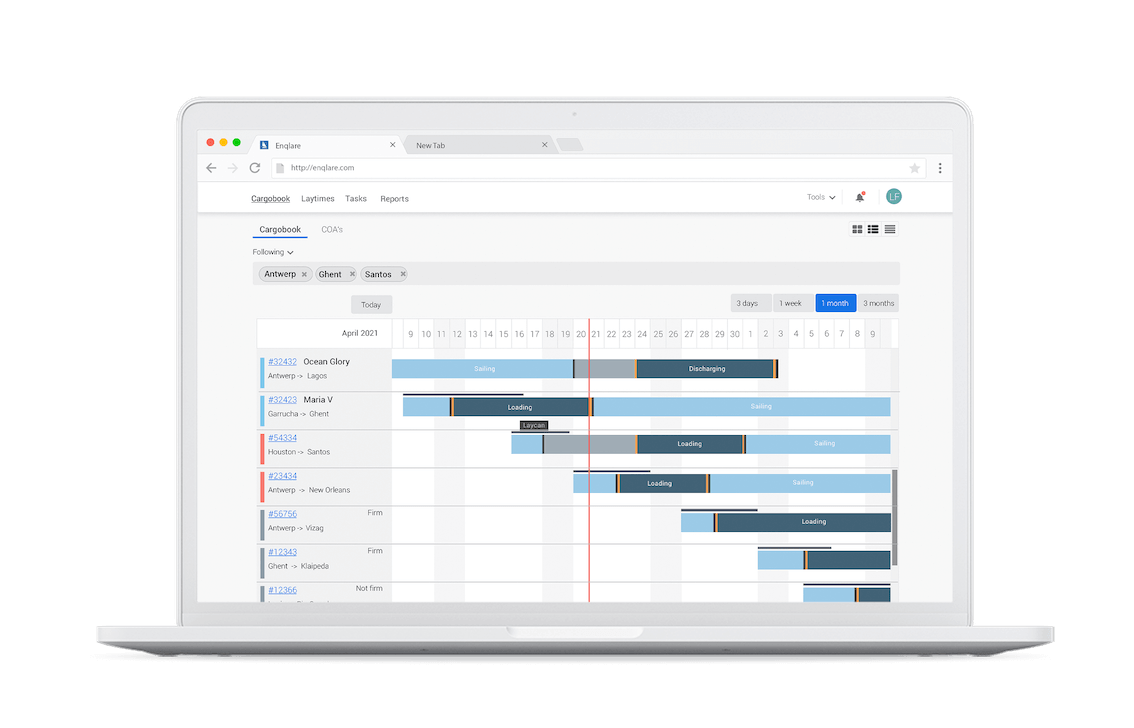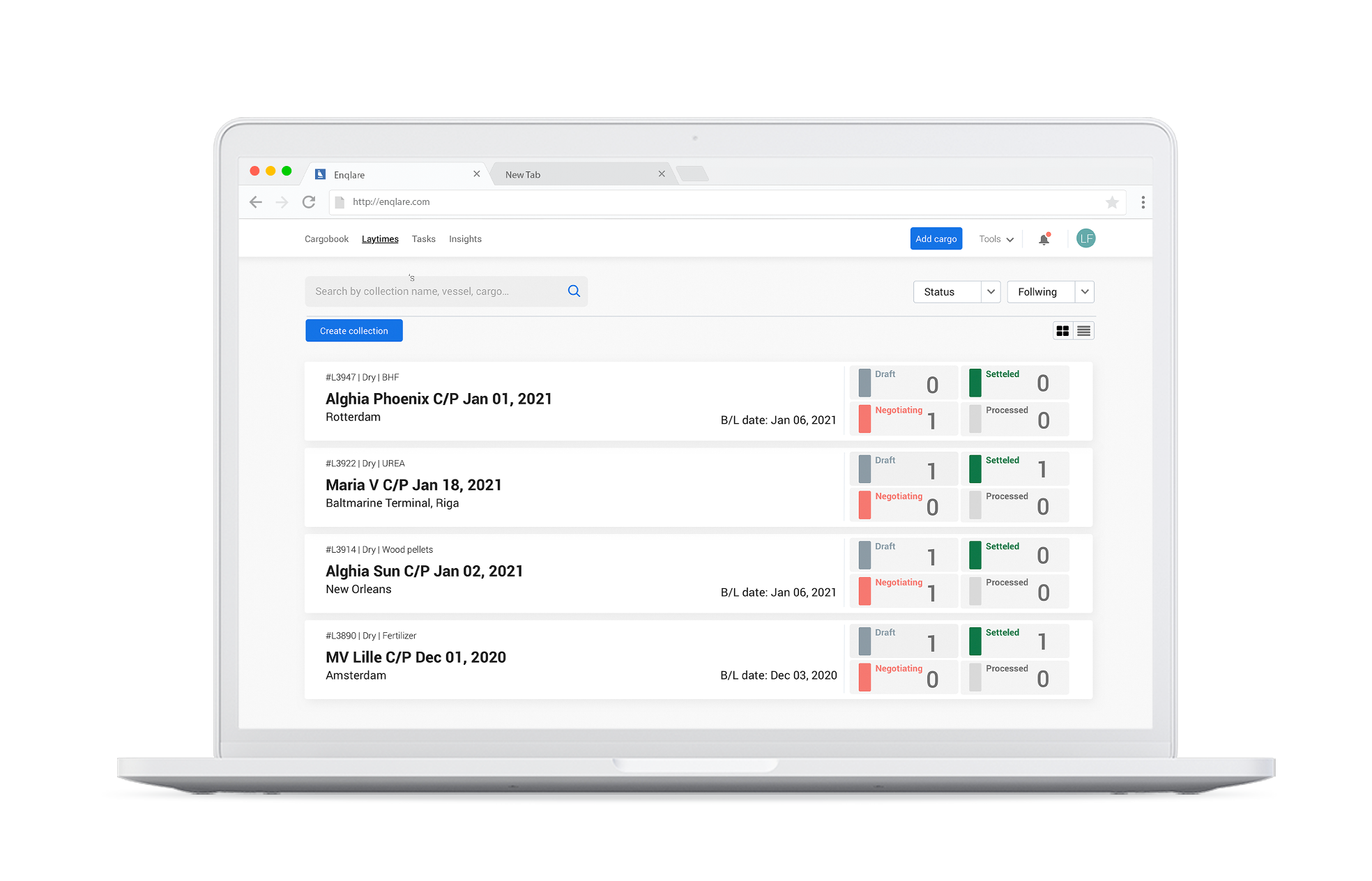April 12, 2022

Lorem ipsum dolor sit amet, consectetur adipiscing elit lobortis arcu enim urna adipiscing praesent velit viverra sit semper lorem eu cursus vel hendrerit elementum morbi curabitur etiam nibh justo, lorem aliquet donec sed sit mi dignissim at ante massa mattis.
Vitae congue eu consequat ac felis placerat vestibulum lectus mauris ultrices cursus sit amet dictum sit amet justo donec enim diam porttitor lacus luctus accumsan tortor posuere praesent tristique magna sit amet purus gravida quis blandit turpis.

At risus viverra adipiscing at in tellus integer feugiat nisl pretium fusce id velit ut tortor sagittis orci a scelerisque purus semper eget at lectus urna duis convallis. porta nibh venenatis cras sed felis eget neque laoreet suspendisse interdum consectetur libero id faucibus nisl donec pretium vulputate sapien nec sagittis aliquam nunc lobortis mattis aliquam faucibus purus in.
Nisi quis eleifend quam adipiscing vitae aliquet bibendum enim facilisis gravida neque. Velit euismod in pellentesque massa placerat volutpat lacus laoreet non curabitur gravida odio aenean sed adipiscing diam donec adipiscing tristique risus. amet est placerat.
“Nisi quis eleifend quam adipiscing vitae aliquet bibendum enim facilisis gravida neque velit euismod in pellentesque massa placerat.”
Eget lorem dolor sed viverra ipsum nunc aliquet bibendum felis donec et odio pellentesque diam volutpat commodo sed egestas aliquam sem fringilla ut morbi tincidunt augue interdum velit euismod eu tincidunt tortor aliquam nulla facilisi aenean sed adipiscing diam donec adipiscing ut lectus arcu bibendum at varius vel pharetra nibh venenatis cras sed felis eget.
Many shipping businesses today continue to use traditional methods to calculate their laytimes by using spreadsheets.
For some, having worked in the industry for many years they have grown accustomed to taking an approach that is risk averse, conservative in their decision making - in other words they may be uncomfortable or unfamiliar with a move to a SaaS product for example.
In addition, there is a culture of habit where laytime is a comparatively well defined function and process which over time has developed advocates of an approach of least resistance. Old habits are hard to break.
Often a business may not understand fully the potential benefits or the added value created by moving from spreadsheets to software to complete these complex, daily tasks. Maybe the team or individuals who are responsible for making the laytime calculations have many other tasks to complete and just want to get work done in the way it has always been done. They may perceive that adopting a new approach may take more effort to implement than the return on investment - whether than be time or money.

There are operators who at this very moment might be reflecting on how they can improve the contribution that they make to the business. Considering for example if there is a better way of making laytime calculations, looking for efficiencies in their traditional working practices.
And that is where a shift to using software rather than the efforts of manually inputting data into a spreadsheet pay dividends in terms of speed, accuracy and avoid costly errors.
Download your Enqlare Laytime summary sheet.
Spreadsheets do have a role to play in the workplace, but validating the source of data entered into a spreadsheet and integrating that with other systems can mean that the data needs to be manually checked and entered multiple times. All of which leads to the risk of errors and mistakes in calculations.
However, there are many established and new companies that are moving away from manually entering their data into spreadsheets. They have adopted a digitalized process that can reduce the number of manual steps involved in their laytime calculation. An approach which is easier to use, more accurate and reduces the risk of errors.
Automating a process generates a faster, more accurate laytime, that reduces the time consumed on manually inputting data and calculating the costs. All of which leads to a saving in the number of working hours that can be re-allocated to other revenue generating tasks.

Many bulk freight businesses today have seen the economic and social changes in recent years that have impacted market dynamics that now require businesses to perform at new levels of visibility, collaboration and insight.
Front of mind of those within the industry is how they can reduce their operating costs and risk exposure to the bulk freight supply chains and to create transparency around laytime calculations.
Read more about The Enqlare Laytime Calculator Software.
Even though in today’s market demurrage exposure can quickly escalate, many businesses still use spreadsheets to organize and manually input data to generate laytime calculations.
As we all know managing spreadsheets can be time-consuming and unless you know the source of the data and how the calculations are built it is difficult to retrieve meaningful insights for the “casual observer” - where pulling management reports at a high-level can be an uphill struggle to make sense of the results.
The nature of laytime calculations means that there will be multiple manual entries, an arduous task when you have to continually update and input your data into a spreadsheet manually as variables are changing all the time. This is made even worse if there are numerous colleagues contributing to a file, resulting in many different versions being created at the risk of data being lost with each iteration.
Plus, because it is so easy to set up a spreadsheet, what can happen is that if the sheet you are using does not quite work in the way that you want - there is a temptation to just create another one.
Unfortunately, trying to make sense of and consolidate the data from multiple versions and sources of data for a spreadsheet can be time consuming and lead to errors and costly mistakes when interpreting the data wrongly.
Ensuring accuracy is challenging when it comes to spreadsheets because typically the data has been entered and changed multiple times, there may be a lack of insights on how much of the data has been validated, and whether the correct formulas have been applied. This requires a lot of time and can be a recipe for disaster if data is missed, formulas broken, formats not respected or the focus is on speed rather than accuracy.
Working within cells in a spreadsheet means that if you have an error, finding the right cell and manually correcting it can be time consuming, like finding that “needle in a haystack”. Plus, formatting issues can lead to problems if the information is transposed incorrectly.

The time spent manually updating and monitoring spreadsheets can leave inconsistencies, especially if there are multiple parties contributing to a file. So missing a correction or not updating a particular formula could leave the data flawed, open for misinterpretation.
Plus over time if one spreadsheet is used to collect all the information there is a risk that it becomes a single repository that is unwieldy to access or share - difficult if you are expecting other team members remotely to contribute or access the data.
Also, spreadsheets are not known for their security, so you’ll need to invest in safeguards and cybersecurity best practices to prevent a data breach. Because once somebody is in, they can see all the data.
And we have all had the moment of terror when we realise that we did not save or back-up a file properly or there was an “error when saving file” moment - all points of friction that make managing your laytime calculations on a spreadsheeta difficult task.
One of the core objectives behind the Enqlare Laytime software is to spend less time entering and managing the data and gain more value from using the insight in your business decisions.
As businesses now focus on switching to a digital platform you’ll be able to take advantage of features such as being able to collate all your historic data from different ports and the experiences in one place.
Making sure that for your next calculation for a particular port or ship, it can be based on your own valuable data and insights.
The benefits of which are:
To learn more about the Enqlare cloud-based Laytime solution and the potential benefits that it can bring your business you can download our Enqlare Laytime presentation.
Read more about the Laytime Plans & Pricing.
The Enqlare Laytime module that reduces mistakes and creates insights:
Use it either as an integrated function (with our Shipments software ) or as a standalone module.
If you have more questions, contact us at info@enqlare.com or visit our FAQ page to answer your questions.
Request a demo of the Enqlare Laytime module.